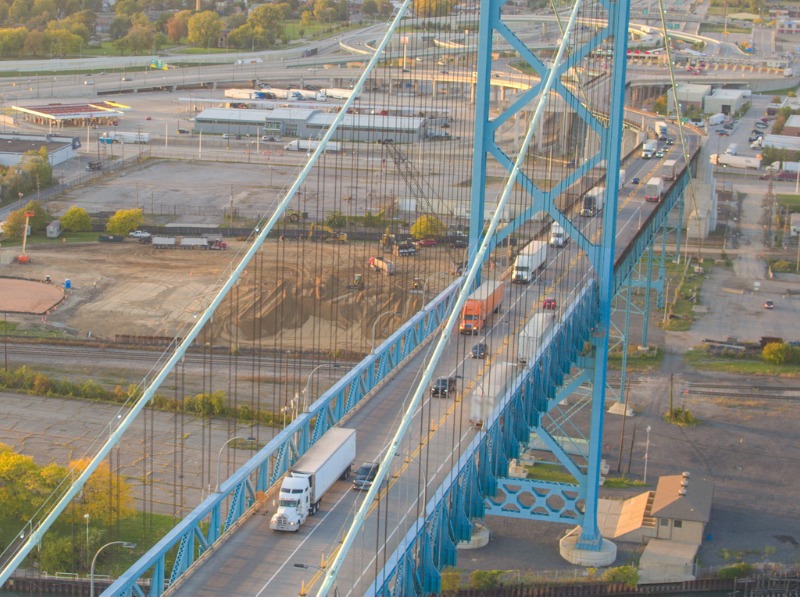
Supply chain concerns overshadow logistics data hacks
March 24, 2022 by Philip Porado

Print this page Share
While the winter freedom convoy protests and bridge blockades highlighted Canada’s strained supply chains, insured business interruption events linked to logistics problems were common long before the pandemic.
Insurers working with logistics clients note congested ports and a lack of qualified drivers were leading to late deliveries and spoiled goods even before the pandemic, and that commercial coverages have been adapting to the changing situation.
But, while physical supply chain issues can be relatively straightforward, Patrick Maher, senior risk management consultant at Aon Global Risk Consulting Solutions & Risk Control, says there should be equal concern for the digital supply chain – because without the necessary customs forms and other data, goods can’t move.
“The emergence of cyber events within logistics companies [and] cross border companies are growing exponentially,” Maher says. “The key point…is the ability to understand and manage cyber risk around all of these transactions, because all of…these movements [are] based on data and keeping that secure.”
He said a logistics company can have all the trucks it needs but the ability to physically move goods becomes useless if it loses access to its systems following a cyberattack.
While logistics companies are maturing around the need to protect their data, Maher says they must also learn to view the digital supply chain as being just as important as the physical one.
These days, instead of breaking into railcars and stealing the goods, thieves are simply stealing the data – much of which is sensitive – and locking the owners’ access with ransomware. Without the paperwork to clear the border, goods are stuck.
“It’s not about if,” he says, “it’s about when.”
Feature image by iStock.com/helivideo